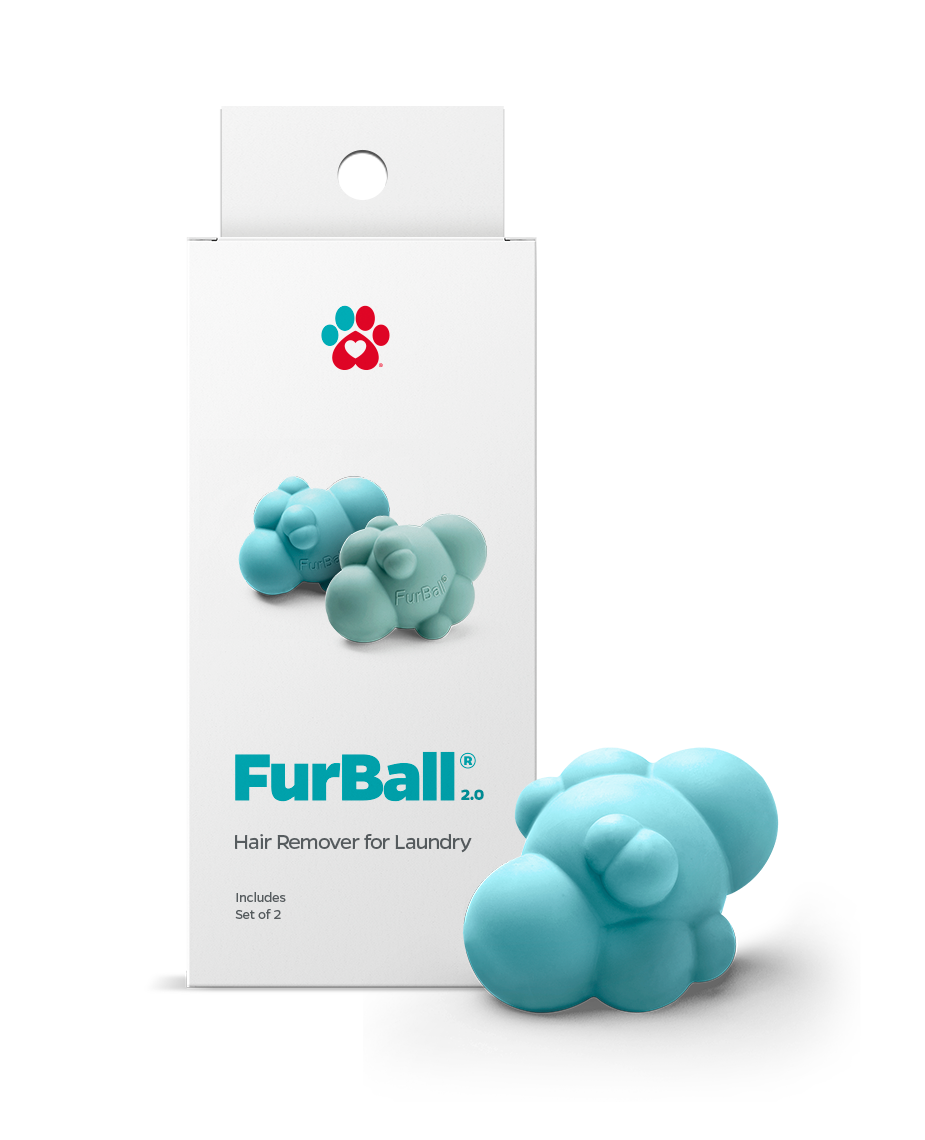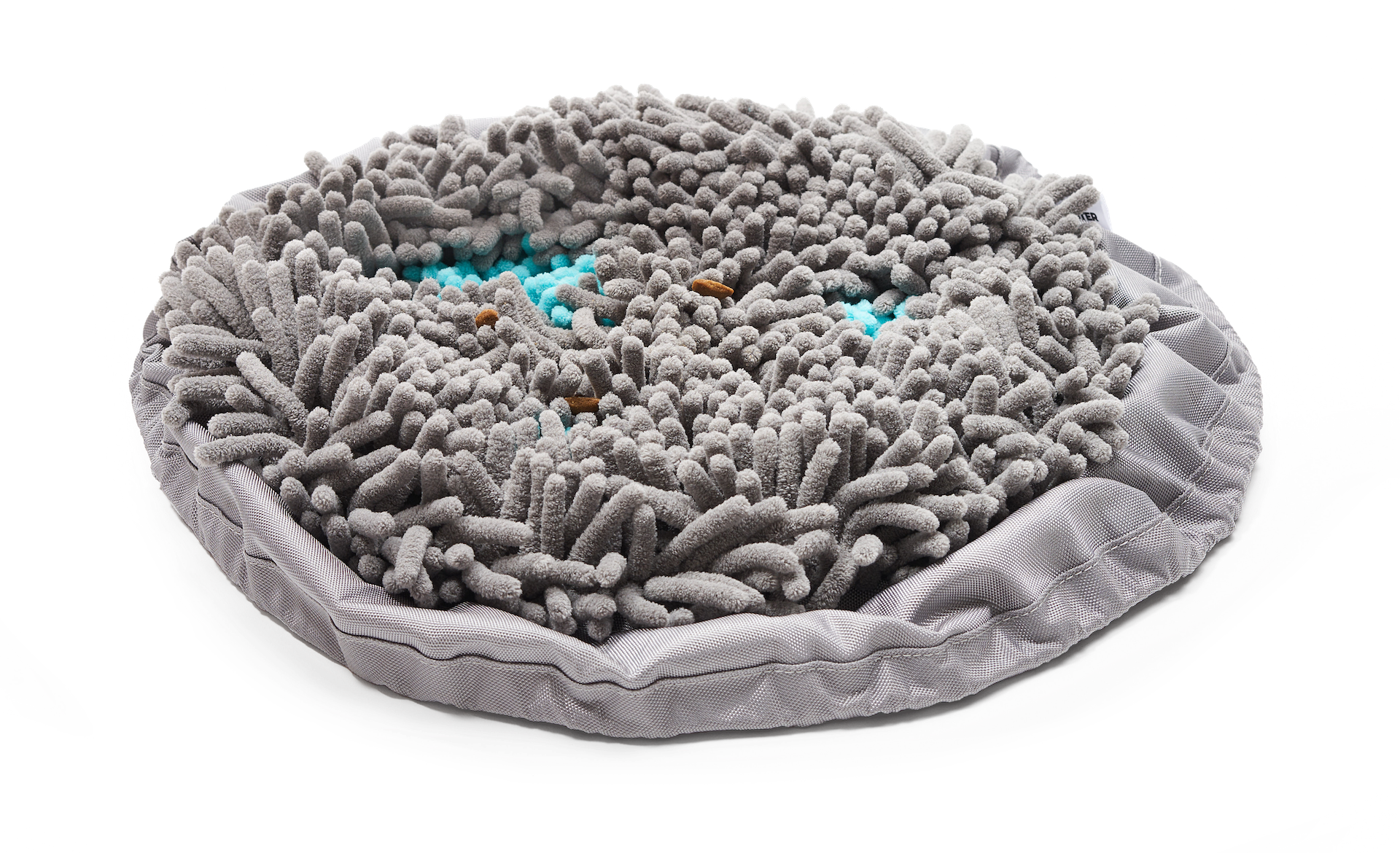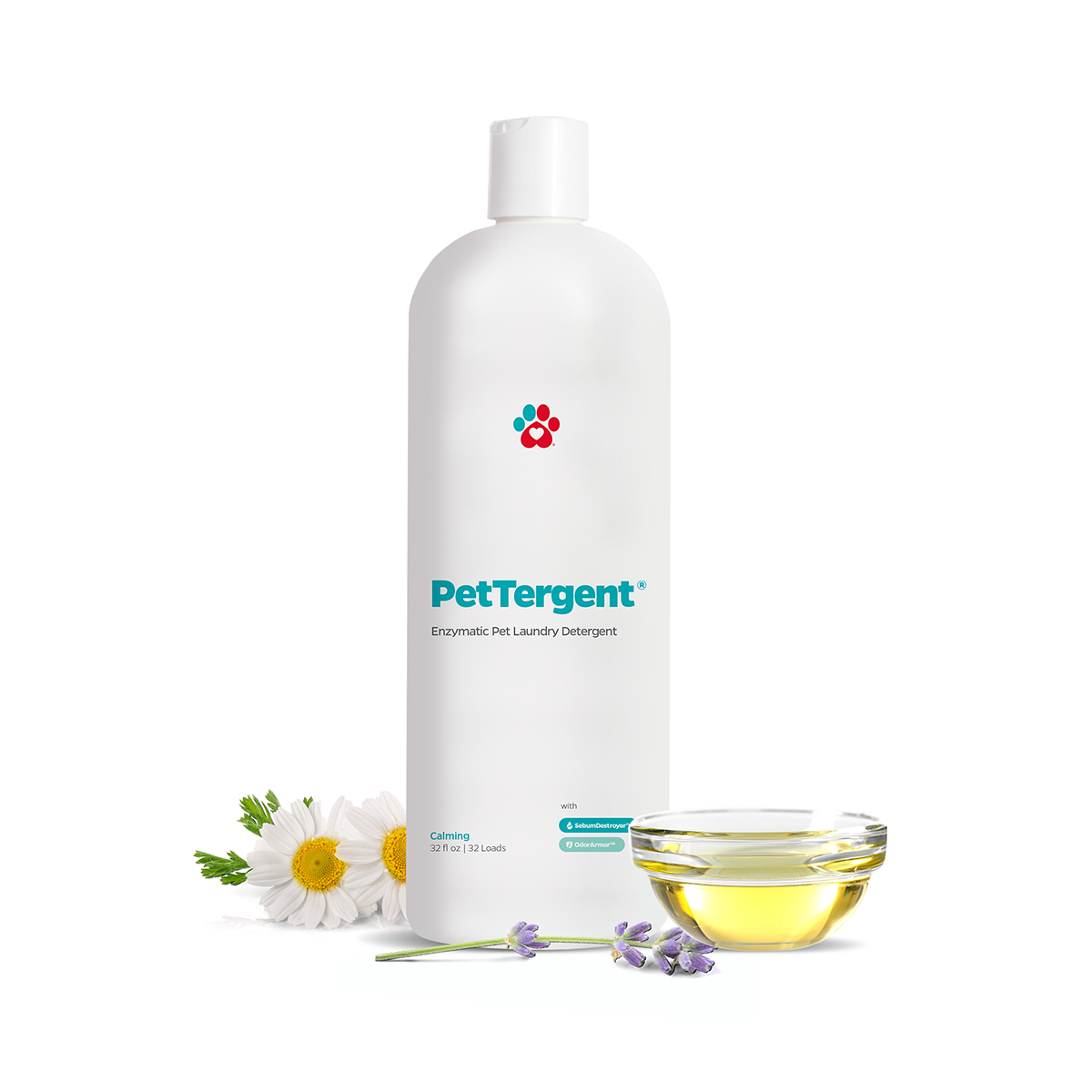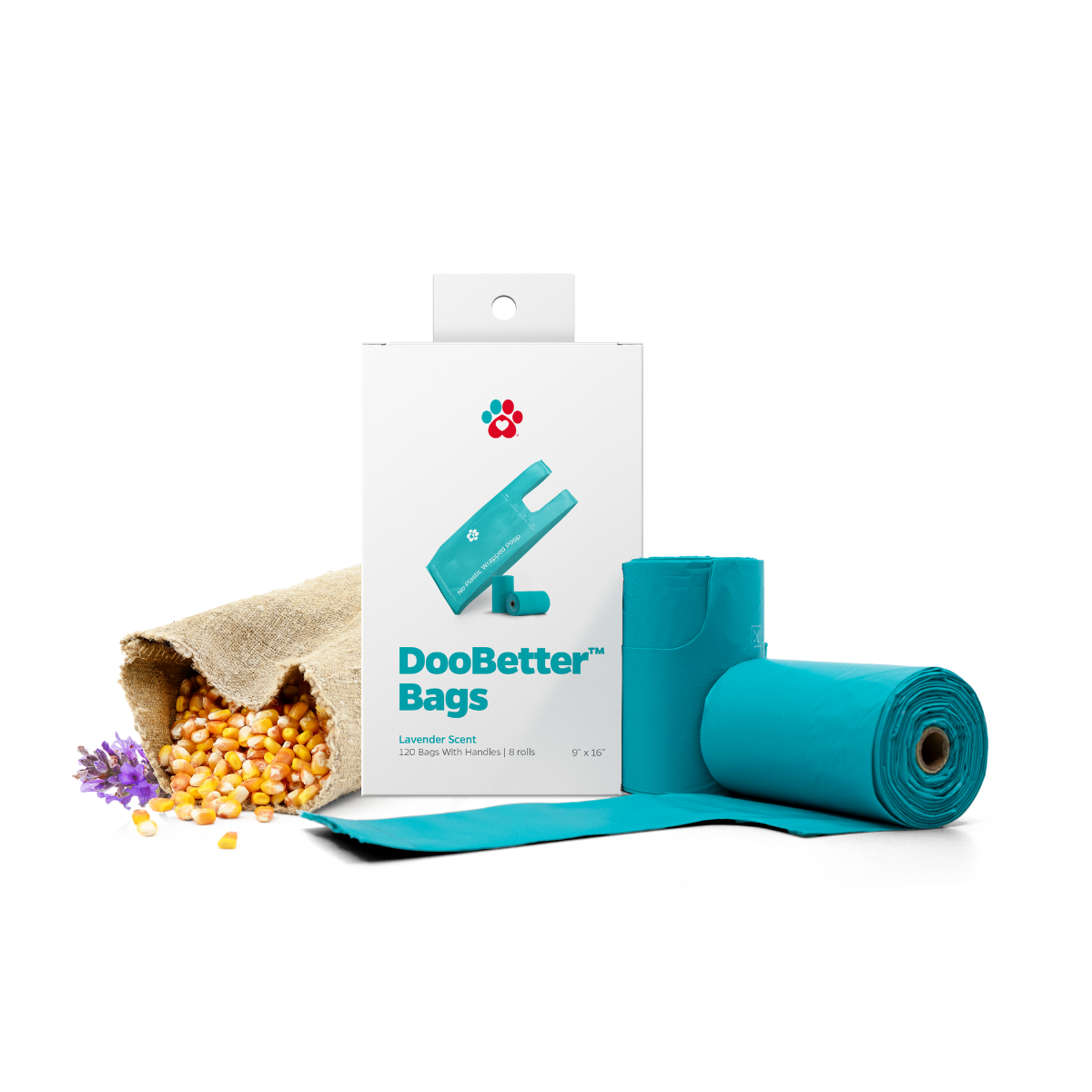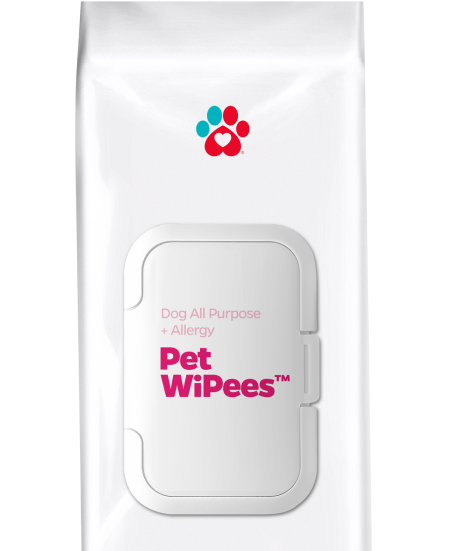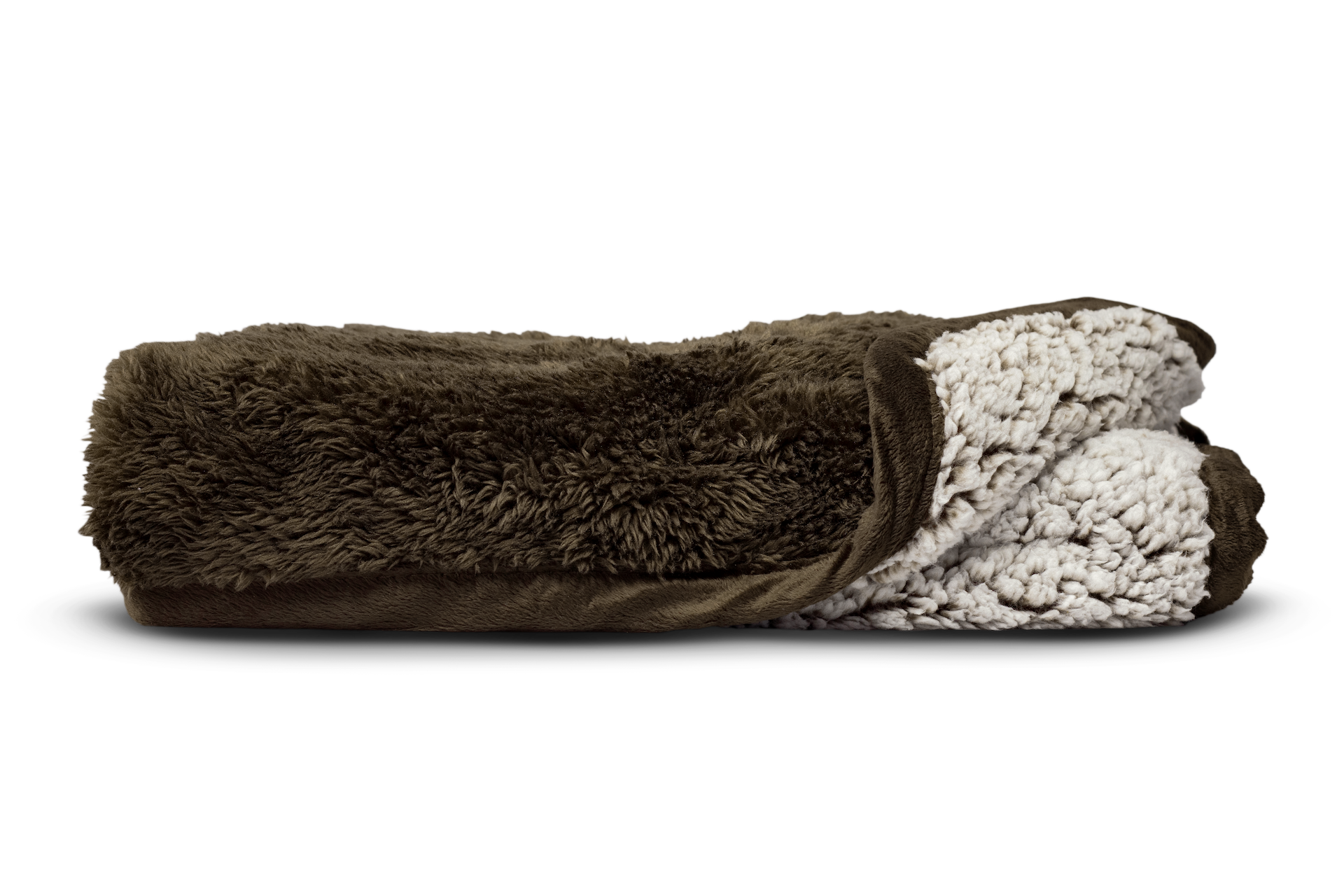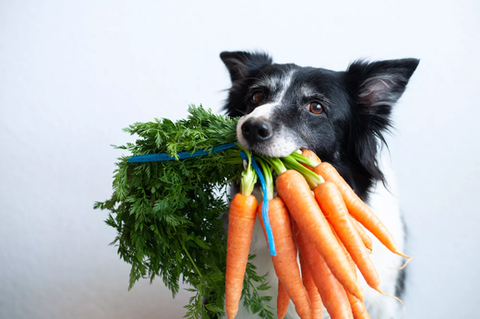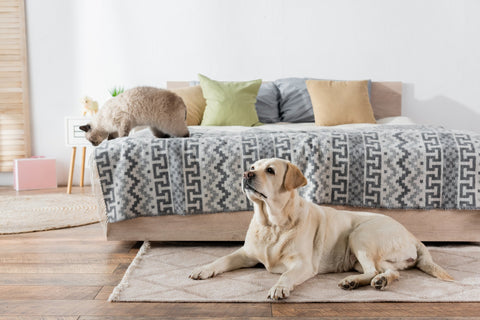Yes, dog anxiety is a thing. Just like how we can feel anxious, our dogs can feel the same way, too. Dog anxiety can affect all dogs but the effects for each dog are different. Although occasional anxiety can be normal, high and constant levels of anxiety in dogs are a cause of concern. This is why checking your dog’s anxiety levels is necessary.
We, at Pet Parents®, have come up with a guide on how to know if your dog has anxiety, its common causes, treatments, and ways on how to prevent anxiety in case your dog begins to suffer from it.

"Dog anxiety can affect all dogs but the effects for each dog is different."
Causes of Dog Anxiety
Dog anxiety can be caused by a lot of reasons. Some of the most common ones, according to the Merck Veterinary Manual include:
- Fear
- Separation
- Aging
Anxiety caused by fear is mostly because of loud noises, contact with people and animals, changes in daily routine, new places, new environments, and situations like going down the stairs, traveling, going to the vet, grooming, taking a bath. Fear may also be caused by some esoteric sights like flickering lights and shadows. Every dog has different causes for their fear-related anxiety, some may only have hasty reactions to whatever is causing their anxiety, but others get affected seriously resulting to further problems.
Anxiety caused by separation is also commonly known as separation anxiety. Dogs who suffer from separation anxiety feel anxious and uneasy when they are alone or separated from their pet parents. Most separation anxieties result in bad, destructive behaviors, like excessive barking, excessive chewing, and peeing & pooping accidents in the house.
Anxiety caused by aging is diagnosed in older and senior dogs. Dogs who suffer from age-related anxiety go through a decline in memory, awareness, learning, and mobility which, as expected, causes their anxiety.
Dog Anxiety Symptoms
Here are the most common visible signs to know if your dog is feeling anxious:
Excessive barking and whining. Barking and whining are normal expressions in dogs until it becomes excessive. When your fur-baby is anxious, these normal expressions escalate for them to self-soothe, to express they are not comfortable with something, or to call your attention.
Excessive panting. Dogs pant so they can regulate their body temperature and allow cool air to circulate their bodies since they can’t sweat like us. Panting is normal for dogs, but excessive panting is considered a sign of anxiety. This is especially true if it is not warm outside or your dog has not done any strenuous activities.
Drooling and yawning. When your fur-baby is bored, tired, or sleepy, they will yawn. But they will also yawn when they are stressed and anxious. According to Pedigree, in dog language, yawning is often a calming signal. It's their way of saying, “My patience is almost running out.” Yawning is also an indication of stress. A stress-related yawn is usually repetitive, prolonged, and more intense compared to a sleepy yawn. However, sometimes, a yawn is, well, just a yawn. The best way to interpret their yawning is to look at the situation and circumstances happening around them. If your fur-baby yawns while they are comfortably snuggling their Pawtect® Blankets, they probably just need a nap. But if you are waiting to be called in by your vet and they yawn, again and again, they may be anxious about your visit.
Additionally, some dogs will also drool more when they are nervous and anxious.
Pacing. Just like how we pace when we are anxious about something, our dogs can do the same thing, too! Your dog may begin to walk back and forth as an expression of their anxiousness and agitation.
Shaking. A dog under high levels of anxiety will be shaking or pacing. For example, after bathing your dog, you will normally see them shake their whole body to get rid of the wetness or reduce heat loss and this is normal—unless they fear taking a bath! This act of shaking their whole body is another way of them “shaking off” their anxiousness.
Changes in different body parts. Anxious dogs will experience some temporary changes in their body. According to Mikkel Becker, a certified dog lead trainer for Fear Free Happy Homes, here are some of the changes you may notice in your fur-baby:
Eyes: increased blinking, dilated pupils, furrowed brows, the whites of the eyes may show more, eyes appear wider
Ears: tucked or pinned back against the head or the neck
Mouth: closed tightly, lips are held tight or held back in a frown
Tail: tucked and held low in between the rear legs
Fur: increased shedding and hair loss
Body posture: cowering and curling uptight
Changes in body functions and behaviors. An anxious dog will also experience several changes in their bodily functions. They will most likely feel sudden urges to potty and refuse to eat or drink. They may also experience changes in their behavior, like irritability, aggression, avoidance in any interaction with people or other pets at home, loss of interest in things they used to enjoy, hiding, and attempts to escape.
Managing Dog Anxiety
Identify stressors. If you have already noticed that your dog has anxiety, the first thing you should do is to identify their stressor and remove it or remove your dog from it. If the sound of thunder is what’s causing your fur-baby’s anxiety, place them in a quiet room where they can comfortably rest until the episodes of thunder are over. If the anxiety is because of the flickering light in your kitchen, change it or have it fixed.
Consult your vet. If your fur-baby is still constantly anxious even when you’ve already dealt with all the possible stressors, it is time you visit your veterinarian. Your vet will perform tests and exams to confirm if your dog’s anxiety is because of an underlying condition or not. Your vet will prescribe dog anxiety medication if it would be beneficial to your pet. Your vet may refer you to a professional pet behaviorist to have your dog anxiety medication if needed.
Supplements for dogs. Calming SoftSupps® are soft chews made with branded ‘Super Ingredients’, like Suntheanine® which has been clinically studied for promoting a sense of relaxation in anxious dogs. These calming supplements also contain natural active ingredients like Organic Hemp Extract that jam-packed in healthy properties that promote calming effects, helping pets cope with external stresses. Anxiety supplements are a great natural choice for anxious dogs who are not in need of prescription medication. Learn more about the high-quality ingredients here.
"Calming SoftSupps® are made with branded ‘Super Ingredients’ like Suntheanine® that has been clinically studied for promoting a sense of relaxation in anxious dogs."

Exercise. Exercise can be a great stress reliever for dogs, too, as it is for us. Have your dog enjoy frequent short walks and extended playtimes of playing fetch, swimming, or running around your backyard. These physical exercises will help reduce your dog’s anxiety and will help them release tension that’s been building up. You can also mentally exercise your dog by feeding them with a snuffle mat for dogs. Snuffle mats, like the Forager® Mat require your dog to use their brain to get their food reward. Snuffling is a great activity to help tire out our dog and decrease anxiety with the release of excess energy.
Counterconditioning training. This is one of the most effective strategies pet parents can do to help manage (or hopefully, treat) anxiety in their dogs. Counterconditioning training, as VCA Hospitals describes it, is changing your pet’s anxious or fearful reaction (emotional response) to the stimulus (noise, new environment, strangers, separation to owner) to a more positive one (like sitting down, staying right where they are, or focusing on you). To help your dog properly deal with this, you may provide them with a reward such as Gnawtlers® to keep them stimulated.
Additionally, counterconditioning works best with desensitization. In this method, you will expose your dog to the cause of their anxiety, if possible in its lowest dose or at a decreased intensity where your fur-baby does not have any major reaction at all. Repeated exposure to the stressor at more intense levels will help your dog become less more reactive. You should contact a professional to help you go through these processes.
Ways to Prevent Dog Anxiety
Study your dog’s body language. Learn how to read and interpret your dog’s body language. This will greatly help you in identifying any changes in your dog’s behavior, body parts, or bodily functions. You will also be able to tell if a thing, a person, a pet, or a certain situation is making them uncomfortable.
Avoid stressors. Once you’re able to identify what makes your dog anxious, avoid it as much as possible. If you’re aware that your dog is anxious being with other dogs around, then don’t bring them to that area of the park where all the dogs are. If you’re aware that your dog is anxious about going down the stairs, then don’t bring them upstairs or don’t allow them to go down on their own.
Socialize your dog. Socialization is very important as it can help prevent any anxiety from taking place. Socialization is not just about exposing your dog to other pets and people, but it is also about exposing them to different social situations so they’ll be able to deal and cope up with the external stress that comes with it (if there are any).
Provide proper nutrition. Proper nutrition, paired with exercise and healthy lifestyle choices, is very essential for your fur-baby’s physical and mental development. It does not only provide your fur-baby’s nutritional need but also supports their mental well-being, helping curb any undesirable anxiety-related problems.
Dog anxiety is one of the most common concerns of pet parents that interferes with a dog’s life, but on the brighter side, it can be managed and prevented! It may take a lot of your time and patience, but we, at Pet Parents®, are here to help so you and your fur-baby can live happier, healthier lives, anxiety-free!
